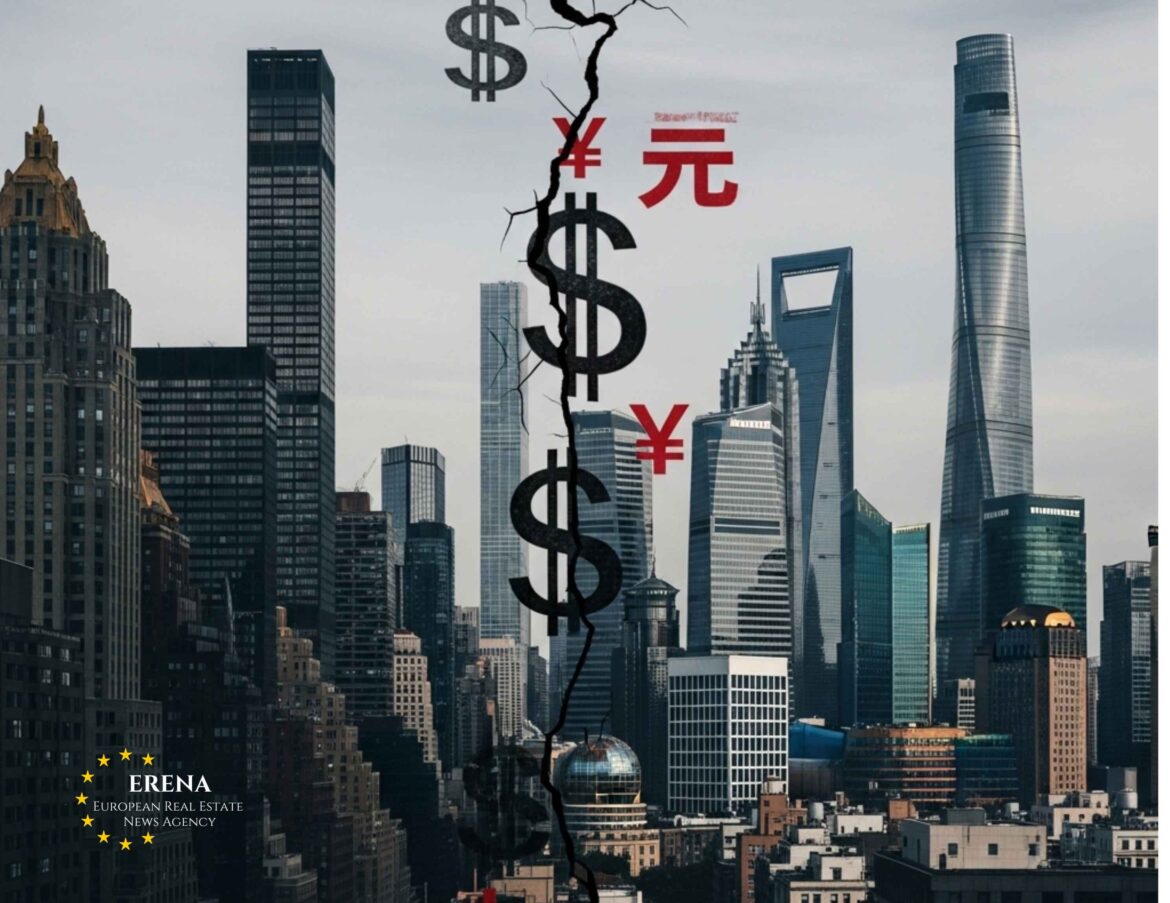In 2025, escalating trade tensions between the United States and China are having a tangible impact on the global real estate market. New tariffs, export restrictions, and declining investor confidence are driving up costs, shifting capital flows, and altering investment strategies in both the American and Chinese markets. These developments are affecting residential, commercial, and industrial real estate, as well as adjacent sectors such as construction and finance.
Rising Construction Costs
One of the most immediate and widespread consequences of the ongoing trade dispute is the surge in construction costs. Tariffs on Chinese imports — including steel, aluminum, electronics, and wood products — have significantly increased the cost of building materials across the United States.
The cost to build a typical home has risen by an estimated 5–7%, translating into an additional €8,000 to €12,000. This increase is especially burdensome for affordable housing projects and infrastructure developments that operate under tight budget constraints.
Decline in Chinese Investment in US Real Estate
Chinese investors were once among the top five foreign buyers of real estate in the United States. However, over the past few years, their investment volume has dropped by more than 70%. This is due to a combination of domestic capital controls in China and growing geopolitical and economic tensions.
High-end residential and commercial markets in cities like New York, Los Angeles, Miami, and San Francisco have felt the brunt of this retreat. Lower liquidity and reduced buyer competition have resulted in price stagnation or even decline, particularly in the luxury segment and second-hand markets.
Slowing Growth and Instability in China
While the Chinese government has implemented stimulus measures — including mortgage rate cuts, subsidies, and relaxed homeownership policies — the domestic property market remains sluggish. Consumer confidence has been shaken by a series of high-profile developer defaults, including the ongoing fallout from Evergrande.
Developers are struggling with liquidity, delayed construction timelines, and increasing buyer skepticism. This has resulted in protests, including mortgage payment boycotts, as buyers refuse to continue paying for unfinished homes.
Global Reallocation of Capital
The US-China tensions are also prompting investors to seek alternative destinations for capital. Markets in Europe, the UAE, Canada, and Australia are experiencing increased demand from investors who previously focused on the US or China. Countries with strong legal protections, currency stability, and favorable tax regimes are emerging as preferred alternatives.
At the same time, developers are shifting their focus to local markets and re-evaluating international ventures based on evolving geopolitical risk.
Emerging Trends and Strategies
Against the backdrop of rising global uncertainty, several key trends are reshaping investment and development strategies in the real estate sector:
- Diversification: Investors are spreading their assets across multiple geographies and property types to reduce exposure.
- Decoupling from China: The US is increasing domestic investment in material manufacturing to offset tariff-driven import costs.
- Focus on ESG: Sustainable and environmentally responsible projects are attracting higher interest from international investors.
- Digitalization: Remote purchasing, blockchain-based transactions, and virtual tours are becoming industry standards.
Conclusion
The trade tensions between the US and China are revealing just how interconnected and vulnerable the global real estate market has become. From rising material costs to changing buyer behavior and investment flows, the effects are widespread and significant.
For developers, investors, and homebuyers, the situation demands flexibility, caution, and strategic foresight. Geopolitical instability may pose risks, but it also presents new opportunities for those prepared to adapt, manage uncertainty, and invest with a long-term perspective.
In the months ahead, it will become clearer whether the trade conflict will lead to a structural transformation of the global real estate landscape or simply mark another phase in the cycle of economic volatility.

